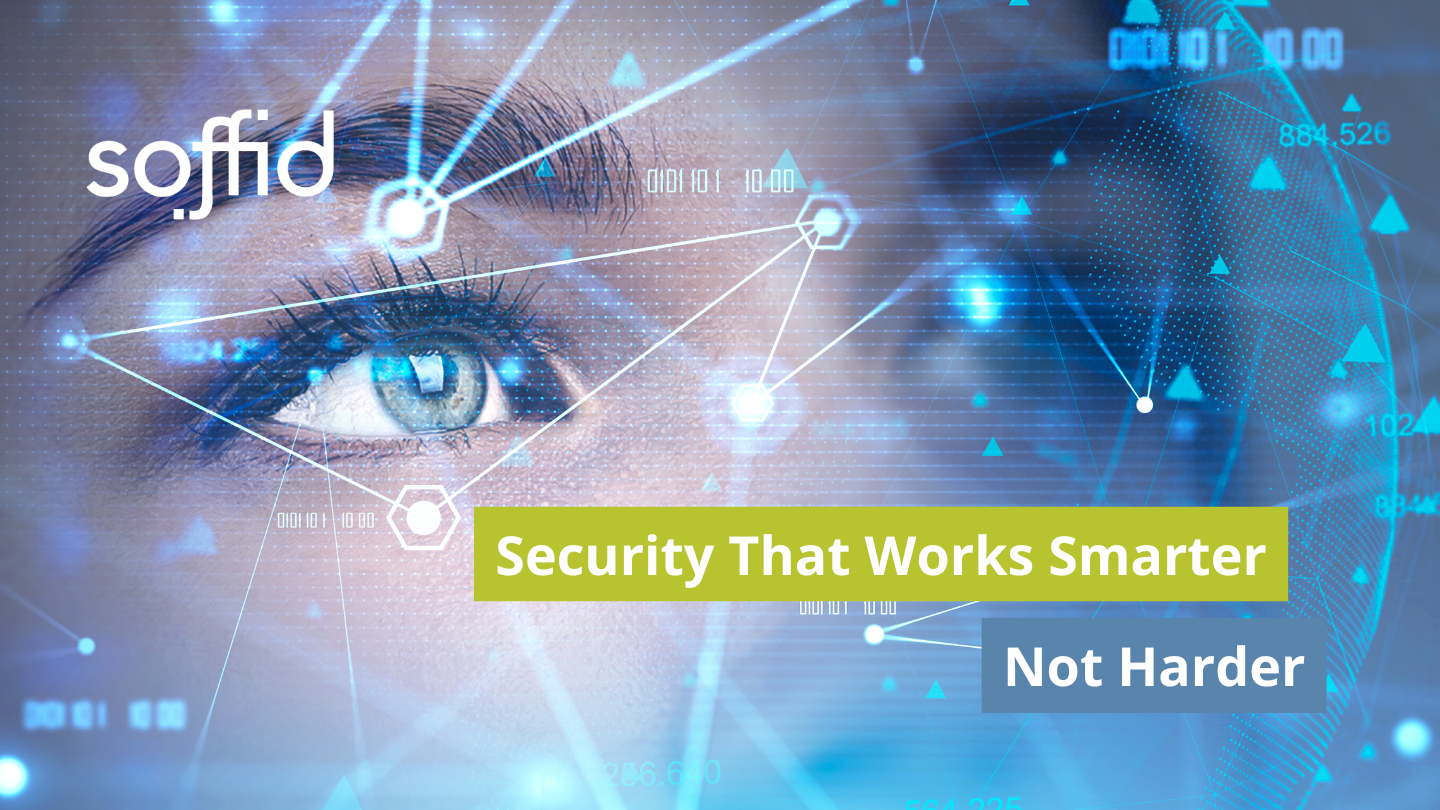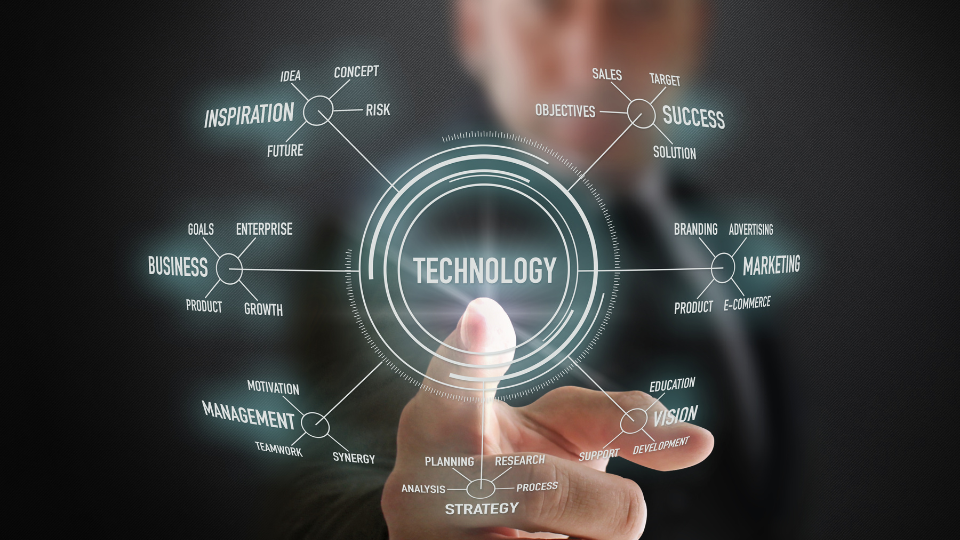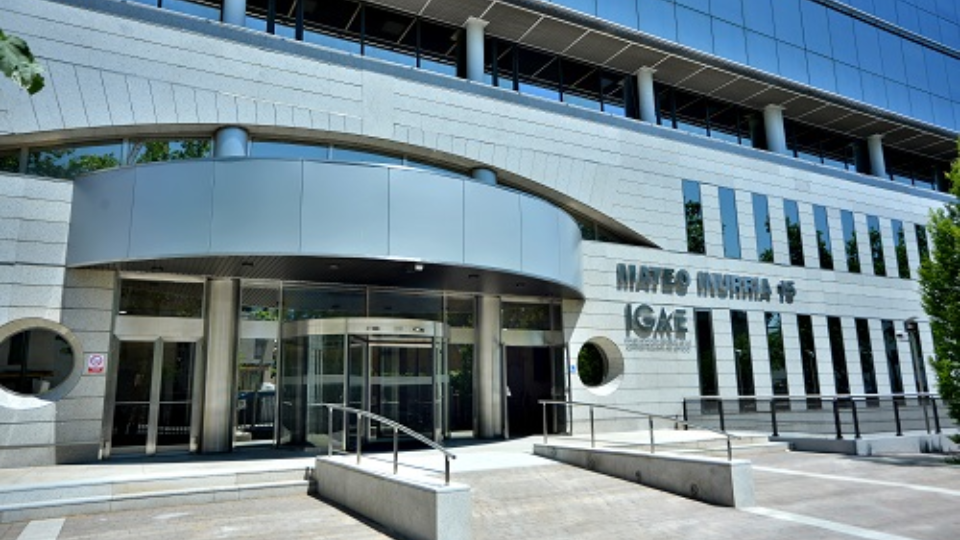The COVID-19 pandemic has brought about drastic changes at a social level that would have been difficult to imagine a few weeks or months ago. The situation of confinement in which many countries find themselves, with most of the population unable to leave their homes, is something we were not prepared for and have had to quickly get used to.
Something similar has happened at the work and business level, however, the work does not stop: hospitals, logistics companies, medical material production services, etc. must continue working, and for the rest of the non-critical services in this situation, remote work or teleworking has been imposed at a fast pace.
Normally, establishing new architectures, information systems, tools, etc. is something that takes time, especially in large companies. In this case, many CIOs have been forced to implement remote architectures and work processes in record time.
Many corporate systems are not designed to work from home. Perhaps they are, since in most companies teleworking has been carried out more or less extensively: users take their work home, on weekends, etc. to carry out certain urgent tasks. The difference is that now telework has had to be implemented throughout the organization without exception.
The teleworking scenario represents a new way of doing business for organisations that had not previously implemented this system. This entails the emergence of new risks and threats in terms of personal data protection, as employees are working with different means and resources than usual.
Never in history has so much traffic and so much critical corporate data had to be managed from home. In many cases we are seeing how communication lines, VPN systems, etc. were not prepared for so many volumes of data.
Although in the first phase of the implementation of teleworking, agility and the possibility of giving remote access to the systems has been a priority, the CISOs have also had to establish procedures and tools to work safely.
Now more than ever we are seeing how it is not enough to protect the perimeter of the company. With information scattered in multiple locations, in the cloud, at employees’ homes, etc. it is now more critical than ever to have security that travels with the information.
Cloud storage applications such as Box, OneDrive, G-Drive, collaborative work applications such as Slack or Microsoft Teams, video conferencing tools such as Zoom or GoToMeeting allow critical work to continue and we can all enjoy certain services that are indispensable in this crisis, while on the other hand allow us to do our job.
Customers expect their suppliers to continue to maintain a high standard of security when processing their data, blocking possible threats and keeping them safe from possible security breaches.
One thing that is striking is that in crises, security or cyber security risks increase. The bad guys see a unique opportunity to act on the misdirection, chaos, and take advantage of it. A few weeks ago we watched in the press in astonishment as even hospitals were hit by cyber attacks in the middle of the covid crisis. In fact, unfortunately, phishing attacks have increased these days.
Soffid is providing the same user experience and securing the organisations data. Users can identify using their corporate passwords, they can change the passwords when the policy says that the password has been expired, they can recover the password when they have been forgotten they have all the end users user experience is expected to have without exposing the active directory. And on the other hand, the helpdesk team can track sessions, can label and configure the user’s desktop through scripting, through any other tool they are using with active directory and at the same time the administrator, the global administrators can connect any application they have, including active directory, sap or legacy applications with Soffid, so administrator can get a secure and reliable platform, but, at the same time, the end users are having the experience they are expecting to have.





